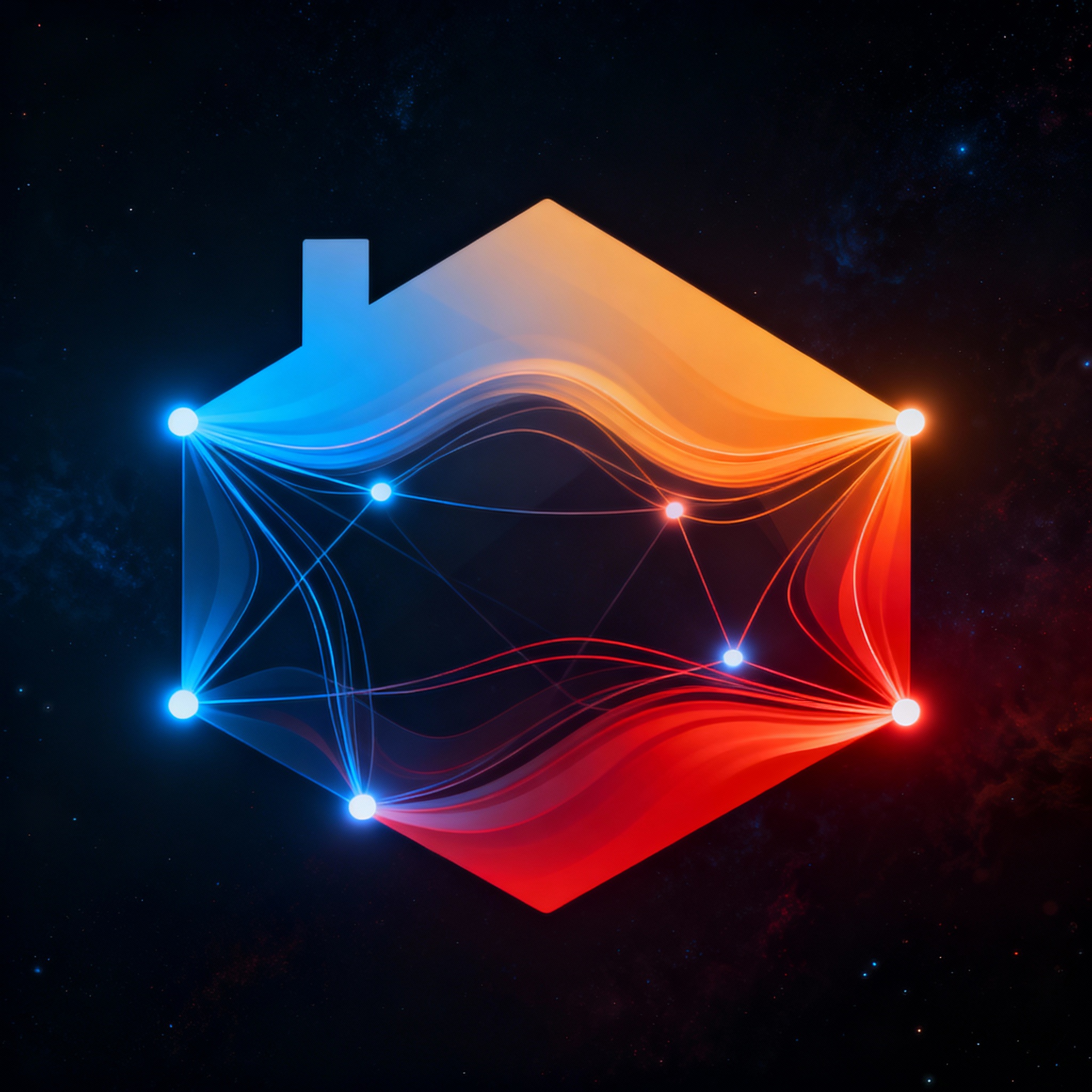
Navigating Banking Regulations with Retrieval-Augmented Generation
Navigating Banking Regulations with Retrieval-Augmented Generation
In the intricate landscape of modern banking, regulatory compliance isn't just a box to check—it's the backbone of trust and stability. Financial institutions grapple with a maze of rules from bodies like the FDIC, SEC, and international standards such as Basel III. Enter Retrieval-Augmented Generation (RAG), a cutting-edge AI approach that's reshaping how banks handle compliance. By pulling in relevant data from vast repositories and generating context-aware responses, RAG helps ensure accuracy and efficiency in an environment where errors can lead to hefty fines or reputational damage.
As a technical blog writer for ChatRAG—a Next.js boilerplate designed to launch chatbot-agent SaaS businesses—I've seen firsthand how RAG can empower developers to build compliant, intelligent systems. In this post, we'll explore the fundamentals of RAG for banking compliance, dive into real-world applications, and offer actionable insights to get you started. Whether you're a fintech innovator or a compliance officer, understanding RAG could be the key to staying ahead in this regulated sector.
Understanding RAG in the Context of Banking Compliance
At its core, Retrieval-Augmented Generation combines two powerful elements: retrieval mechanisms that fetch pertinent information from knowledge bases, and generative AI models that synthesize this data into coherent outputs. Unlike traditional large language models (LLMs) that might hallucinate facts, RAG grounds responses in verified sources, making it ideal for high-stakes fields like banking.
In regulatory compliance, this means banks can query complex documents—think anti-money laundering (AML) guidelines or know-your-customer (KYC) protocols—and receive tailored, accurate advice. For instance, when a compliance team needs to assess a transaction against sanctions lists, RAG can retrieve the latest updates from authoritative databases and generate a risk assessment report in seconds.
Recent studies highlight RAG's potential here. According to research on metadata-driven RAG for financial question answering, this approach improves accuracy by leveraging structured metadata to refine retrieval, ensuring that compliance queries pull from the most relevant regulatory texts. This not only reduces manual review time but also minimizes errors in interpretation.
The Challenges of Regulatory Compliance in Banking
Banking regulations are notoriously dynamic. A single update from the Financial Crimes Enforcement Network (FinCEN) can ripple through operations, requiring swift adaptations. Traditional methods rely on human experts poring over documents, which is time-consuming and prone to oversight. Add in the sheer volume of data—from transaction logs to customer profiles—and it's clear why automation is essential.
RAG addresses these pain points by enabling real-time compliance checks. Imagine a system where loan officers input client details, and RAG cross-references them against global watchlists, generating a compliance verdict with cited sources. This isn't futuristic; it's already being prototyped in forward-thinking institutions.
However, implementing RAG isn't without hurdles. Issues like output drift—where LLM responses vary unpredictably—can undermine trust in compliance tools. A study on LLM output drift in financial workflows emphasizes the need for cross-provider validation to mitigate these risks, ensuring consistent outputs across different AI models. By incorporating such strategies, banks can build more reliable RAG systems.
Practical Applications of RAG in Banking
Let's get practical. One standout application is in audit preparation. Banks must demonstrate adherence to regulations during audits, often compiling evidence from disparate sources. RAG can automate this by retrieving historical transaction data, regulatory filings, and internal policies, then generating comprehensive audit reports.
For example, consider a mid-sized bank preparing for a CFPB examination. Using RAG, the compliance team queries: "Summarize our adherence to fair lending practices over the past year." The system retrieves relevant loan data, applies regulatory frameworks, and produces a report with visualizations and citations. This not only speeds up the process but also enhances transparency.
Another area is real-time transaction monitoring. In AML compliance, RAG can flag suspicious activities by retrieving patterns from global databases and generating alerts with explanatory reasoning. Insights from policy-aware generative AI for data access governance show how integrating policy rules into RAG ensures that outputs align with legal standards, making it safer for auditable environments.
ChatRAG, with its robust Next.js foundation, simplifies building such applications. Developers can integrate RAG pipelines into chatbot interfaces, allowing compliance officers to interact conversationally with regulatory knowledge bases. This democratizes access to complex information, turning compliance from a burden into a streamlined workflow.
Actionable Insights for Implementing RAG
Ready to implement RAG for your banking compliance needs? Start with a solid data foundation. Curate a knowledge base of regulatory documents, ensuring they're indexed for efficient retrieval. Tools like vector databases (e.g., Pinecone or Weaviate) pair well with RAG to handle semantic searches.
Next, choose your generative model wisely. Opt for ones fine-tuned for financial domains to reduce hallucinations. Integrate explainable AI (XAI) components to make outputs traceable—crucial for regulatory audits. Research on cognitive regulatory engines with XAI in compliance platforms demonstrates how XAI enhances trust by providing clear reasoning behind AI decisions.
Here's a step-by-step guide to get started:
-
Define Your Scope: Identify key compliance areas, such as KYC or sanctions screening.
-
Build the Retrieval Layer: Use embeddings to index documents. For instance, embed regulatory texts and store them in a vector store.
-
Integrate Generation: Combine with an LLM like GPT-4, prompting it to generate responses based only on retrieved data.
-
Validate and Mitigate: Implement checks for output drift, as outlined in cross-provider validation strategies for financial workflows.
-
Test in Sandbox: Simulate compliance scenarios to refine the system.
Privacy is paramount in banking, so incorporate differential privacy techniques. A benchmark on differentially private text generation offers frameworks to protect sensitive data while maintaining utility in RAG outputs.
For SaaS builders, ChatRAG provides a boilerplate that accelerates development. Its modular design lets you plug in RAG components, creating compliant chatbots that scale with your business.
Overcoming Potential Pitfalls
While RAG is promising, pitfalls exist. Data silos can hinder retrieval accuracy, so ensure seamless integration across systems. Regulatory changes demand ongoing updates to your knowledge base—automate this with web scraping or API feeds from official sources.
Ethical considerations are key. Avoid biases in retrieved data by diversifying sources. Core operating standards from CFES provide guidelines for ethical AI deployment in finance, emphasizing fairness and accountability.
Moreover, scalability is crucial for large banks. Start small with pilot projects, then expand. Measure success through metrics like response accuracy, processing time, and audit pass rates.
The Broader Impact on Banking Innovation
Beyond compliance, RAG fosters innovation. It enables personalized financial advice that's regulatorily sound, or automates reporting for sustainability regulations like ESG frameworks. As banks adopt AI, RAG ensures these tools remain compliant, bridging the gap between innovation and oversight.
Looking ahead, hybrid systems combining RAG with other AI techniques will dominate. Explorations in policy-aware AI suggest that embedding governance directly into models will make compliance second nature.
Key Takeaways
In summary, Retrieval-Augmented Generation is a game-changer for banking regulatory compliance, offering precision, efficiency, and scalability. By grounding AI in reliable data, it mitigates risks and empowers teams to focus on strategic tasks. Key takeaways include:
- Accuracy Boost: RAG reduces hallucinations by retrieving verified information.
- Efficiency Gains: Automate audits, monitoring, and reporting to save time and resources.
- Implementation Tips: Build on strong data foundations, integrate XAI, and validate outputs rigorously.
- Future-Proofing: Stay agile with updates and ethical standards to navigate evolving regulations.
Embracing RAG isn't just about compliance—it's about building a resilient, intelligent banking ecosystem. For those leveraging platforms like ChatRAG, the path to innovative, compliant solutions is clearer than ever.
Ready to build your AI chatbot SaaS?
ChatRAG provides the complete Next.js boilerplate to launch your chatbot-agent business in hours, not months.
Get ChatRAGRelated Articles

Streamlining Dental Operations: The Power of Retrieval-Augmented Generation
In the fast-evolving world of dental care, Retrieval-Augmented Generation (RAG) is emerging as a key tool for improving efficiency and accuracy. This blog explores how RAG integrates with dental workflows, offering real-world examples and expert insights. Whether you're a practitioner or tech enthusiast, see how RAG can elevate practice management.

How RAG Elevates Property Matching in Modern Real Estate Searches
In the fast-paced world of real estate, finding the perfect property match can be a challenge. Retrieval-Augmented Generation (RAG) is stepping in to streamline searches by combining AI with targeted data retrieval. This blog explores how RAG improves accuracy, personalization, and efficiency in property matching.

Navigating Complex Innovations: How RAG Elevates Patent Search and Prior Art Analysis
In the fast-paced world of intellectual property, finding relevant prior art can be a daunting task. Retrieval-Augmented Generation (RAG) combines AI retrieval with generation to streamline patent searches, uncovering hidden connections and insights. This blog delves into practical applications and strategies for leveraging RAG in patent workflows.